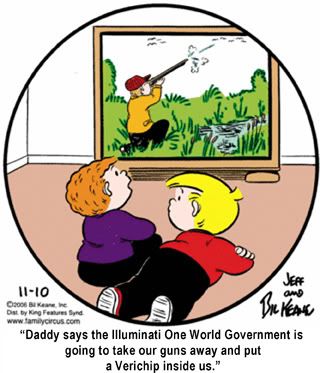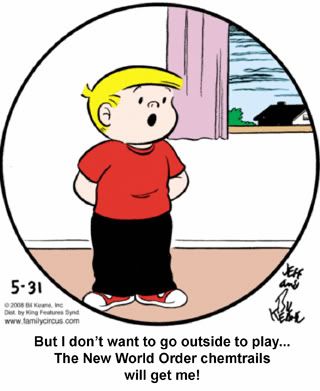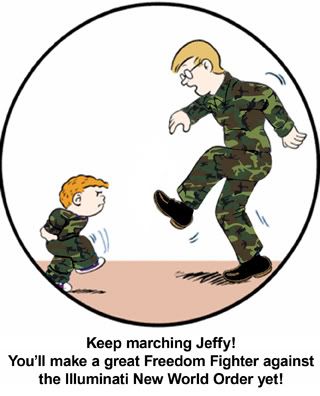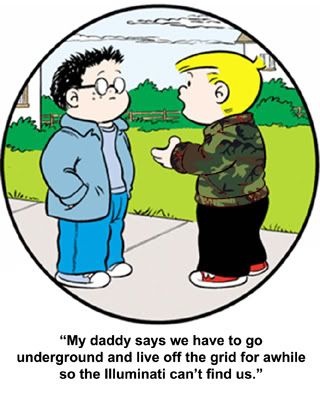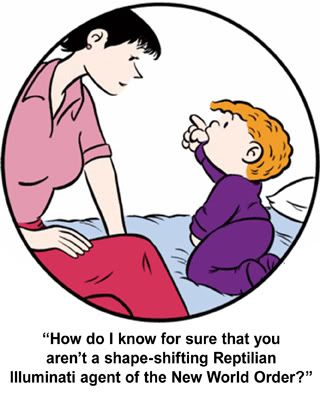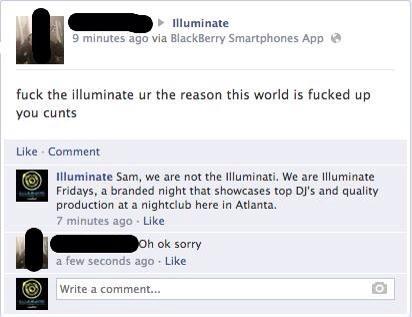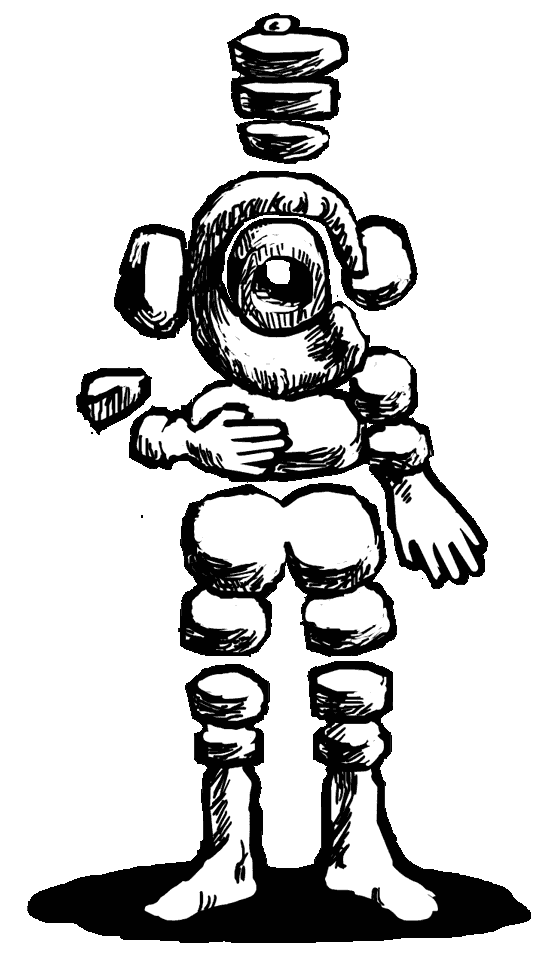Between 1953 and 1954 a discovery had been made for the large scale production of LSD...
http://www.naderlibrary.com/aciddreams.refer.htm
"for eliciting true and accurate statements" D (CIA) "Potential New Agent for Unconventional Warfare, LSD," 5 August 1954.
"will most probably be found in the biochemistry departments" D (CIA) untitled cable, 26 May 1954. the purchase of ten kilos of LSD D (CIA) Memorandum to Chief of Security Research Staff, from Chief of Technical Branch, " ARTICHOKE Conference, 22 October 1953," 16 November 1953
"This is a closely guarded secret" D (CIA) Memorandum to Director of Central Intelligence via Deputy Director of Plans, "Potential Large-Scale Availability of LSD through Newly-Discovered Synthesis by [deleted]," 26 October 1954.
http://scientific-misconduct.blogspot.c ... r-cia.html
American Dream » Wed Jul 16, 2014 10:39 pm wrote:The Sequoia Seminars - A History
http://www.mygen.com/users/ufo/The_Sequ ... story.html
...Even more important, both to Sequoia Seminar and the human potential movement, was Willis Harman.
An engineering professor at Stanford, Harman had attended a study group led by Harry [Rathbun] and then had gone to a Sequoia Seminar in 1954. He had not expected the heavy emphasis on meditation, introspection, and self-exposure, but he found that his engineer's rational world view was "permanently destroyed" as a result of his experience there. He embarked on an extended period of self-education in mysticism and psychic phenomena and moved into the inner circle of Sequoia Seminar.[95]
Harman had been very impressed by Gerald Heard's lectures on his experience with mescaline; he also made contact with Myron Stolaroff, one of the original American experimenters with LSD, who was also briefly involved with Sequoia Seminar.
On November 16, 1956, eight of the Sequoia Seminar leadership group accompanied Harman to the home of a physician member of the movement, where Harman took LSD for the first time [Interesting Harman in another interview says 1954] . In subsequent years almost every member of the Sequoia Seminar inner leadership group experimented with LSD on a number of occasions.
Many of the drug sessions were led by Betty Eisner who was very interested in the psychotherapeutic possibilities of low doses of the then legal hallucinogen. She and Harman disagreed strongly, however, on how the drug should be used since he [Harman] preferred larger doses that would provide the user with mystical experiences, rather than the milder effects that Eisner sought.[96]
Even though LSD was still a noncontrolled substance and, therefore, legal to use, Sequoia Seminar employed it very cautiously. It was never distributed to anyone other than group leaders, and their sessions were carefully planned and supervised, usually with the presence of one of the planning group members who was a medical doctor. There appear to have been few if any "bad trips," and the drug-induced mystical experiences and psychotherapeutic sessions are usually remembered positively by those who partook of them.
...Hubbard, while he was the president of a Canadian uranium mine, had discovered psychedelics in the early 1950s when he participated in mescaline experiments at the University of Vancouver.
He found LSD in 1955, and in addition to Huxley, Heard, and perhaps more than one thousand others during the 1950s, he introduced the drug to Stolaroff and indirectly to a small group of engineers who formed a splinter group from the Rathbuns' Sequoia Seminar.
...
Myron Stolaroff
He [Stolaroff] returned to California a zealot, a convert to the new LSD faith. He had decided that experiences like the one he had had in Canada were the answer to the world's problems.
LSD would give society a new set of powerful tools to advance human development. Like Engelbart, Stolaroff set off on his own grand quest to augment the human mind.
His first stop was his closest friends at the Sequoia Seminar, where he had become a member of the group's planning committee. He introduced them to LSD in turn and created an informal research group composed of five fellow engineers and their wives.
The group included a young Ampex engineer, Don Allen; Stanford electrical engineering professor Willis Harman; and several others from both Hewlett-Packard and SRI.
Stolaroff's study group set in motion an unheralded but significant train of events, plunging a small group of technologists into the world of psychedelics almost a decade before LSD became a standard recreational drug on American college campuses.
...When Stolaroff and Harman set up shop in Menlo Park in March 1961, they weren't the only ones on the Midpeninsula exploring the therapeutic uses of LSD. Experiments were already being conducted at the Veterans' Administration Hospital in Menlo Park, and the Palo Alto Mental Research Institute had also begun introducing local psychiatrists and psychologists, and even writers such as Allen Ginsberg, to psychedelic drugs.15
But the foundation was something new. Engineers rather than medical professionals led the project, and the clinic was intent on charging a five-hundred-dollar fee for each experience. An early local newspaper report described the foundation's goals as being "partly medical, partly scientific, partly philosophical, partly mystical."16
Stolaroff, with the help of Willis Harman, largely funded the foundation, the real purpose of which was to conduct the research needed to make LSD credible in the medical profession. They worked with several psychologists, including Fadiman, as well as the mysterious Al Hubbard, who was a mentor to both Harman and Stolaroff and who became a member of the board of directors.
Fadiman, who soon was teaching at San Francisco State, finished his Ph.D. in psychology at Stanford, and his research at the foundation focused on the changes in beliefs, attitude, and behavior that resulted from taking LSD...
.





